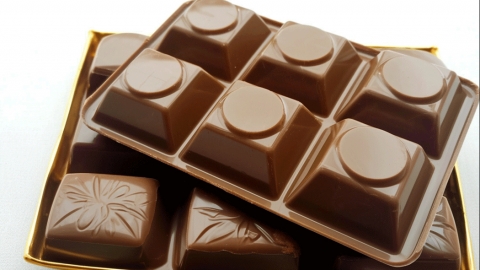Can patients with gallbladder polyps eat chocolate?
Generally, whether patients with gallbladder polyps can eat chocolate depends on their condition and the amount consumed. Patients without symptoms and with small polyps may consume a small amount, while those experiencing abdominal pain or having larger polyps should avoid it to prevent increasing the burden on the gallbladder. Detailed analysis is as follows:

If a patient with gallbladder polyps has no discomfort such as right upper abdominal pain or nausea, and the polyp diameter is less than 1 cm and remains stable, occasionally consuming a small amount of dark chocolate usually does not cause significant problems. However, intake should be controlled—just a small piece at a time—and frequent consumption should be avoided to prevent fat in chocolate from stimulating gallbladder contraction and causing discomfort.
For patients who already experience recurrent dull pain in the right upper abdomen, bloating, or have polyps larger than 1 cm with signs of growth, eating chocolate is not recommended. Chocolate contains relatively high levels of fat, which can trigger strong gallbladder contractions, potentially worsening existing symptoms. Frequent gallbladder contractions may also stimulate the polyps, increasing the risk of disease progression. Such patients should strictly avoid chocolate consumption.
In daily dietary care, patients with gallbladder polyps should follow a low-fat, light diet, emphasizing easily digestible foods such as vegetables, fruits, and whole grains. They should avoid high-fat foods like fried items, fatty meats, and cream to reduce stimulation to the gallbladder.





